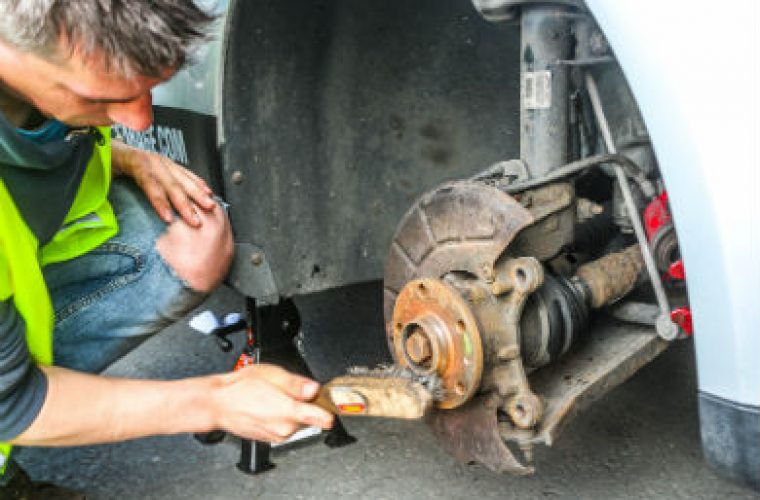Brake judder is one of the few ailments that is likely to affect all vehicles, manifesting itself in vibration which can be felt through the steering wheel, pedals and potentially through the seat.
Depending on the severity, a car’s chassis might even start to pulsate.
Customers affected by brake judder often jump to one conclusion; that they are experiencing a side-effect of warped discs.
Although brake discs can warp, Apec say that in reality disc thickness variation (DTV) is the most common cause of judder and is usually a good place to begin an investigation.
In a statement, Apec said: “Depending on the age and time of the previous disc and pad replacement, brake judder could be a cause for concern for garages who may ultimately have to foot the bill for replacement.
“In the majority of cases, warped discs have nothing to do with disc manufacture or quality and everything to do with fitment or driver behaviour.”![]()
Causes of brake judder
One of the biggest issues behind DTV is lateral run-out caused by improper cleaning of the hub surface, Apec say.
It is also essential that brake discs and pads are “bedded in” properly, refraining from excessive braking during the first 100 miles to prevent heat build up.
Apec brake pads go through a ‘high pressure treatment’ process, burning off many of the resins and gases at the factory that would normally find their way into the atmosphere during bedding-in and giving the motorist a good initial braking performance.
Outside of DTV, brake judder can also be caused by uneven torque on wheel bolts and, perhaps more commonly, by issues regarding floating, fixed and sliding calipers.
Poor quality pads can also be a contributing factor, as the friction material can overheat quickly, particularly if the brakes are used often and aggressively.
Apec says that on occasion, manufacturer error can be the root cause of brake judder, but with modern machining and production lines this is increasingly unlikely as discs are uniform.
For more information about Apec, follow the ‘more details’ link below.







